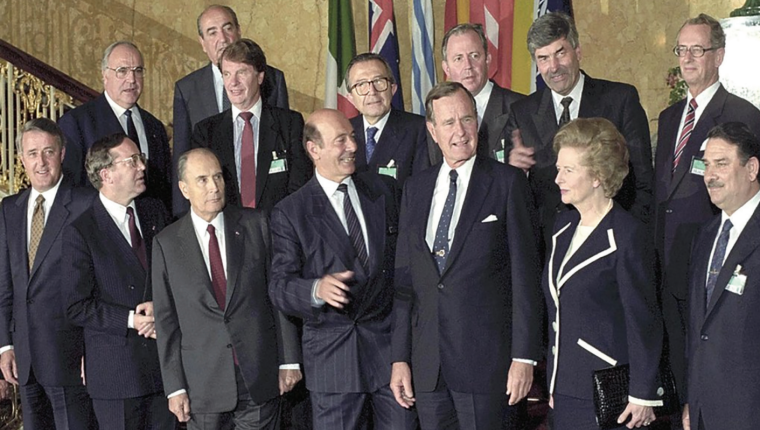
How to cite: Gürses, E. (2023). NATO: from control of the Western territorial line to control of the wider international territory. BRIQ Belt & Road Initiative Quarterly, 4(3), 38-60.

This work is licensed under a
Creative Commons Attribution 4.0 International License.
The US initially organized NATO, a regional military alliance, as the security pillar of the international system. It planned to regulate the power-security (economic, political, and military) problem in Western Europe and the Mediterranean according to its interests. The containment policy was a strategy pursued by the US against the Soviet Union between 1947 and 1991. The admission of Türkiye and Greece to NATO in 1952 was a continuation of the containment policy against the Soviet Union. The disintegration of the Soviet Union with the end of the Cold War also paved the way for the US to add new countries to NATO in the 1990s and 2000s. The enlargement of NATO and the policy of containment against the Soviet Union were carried out in line with the interests of the US. Especially in the 1980s, steps were taken to open and develop these markets by imposing appropriate rules. The US aimed to maintain its effectiveness in the wide European geography together with the countries it included in NATO. To meet the increasing needs of the existing market, efforts were made to open new areas in Western Europe, where NATO was established. However, a full consensus on security on the Euro-Atlantic line could not be reached. The process of assigning NATO a task to protect new areas of interest, namely all areas in which the US and some of its allies operate or want to operate, has been started following changing imperial demands. How this process develops will be determined by the attitudes of social, regional, and international actors.
Keywords: Containment, hegemony, NATO, territorial control, Cold War
